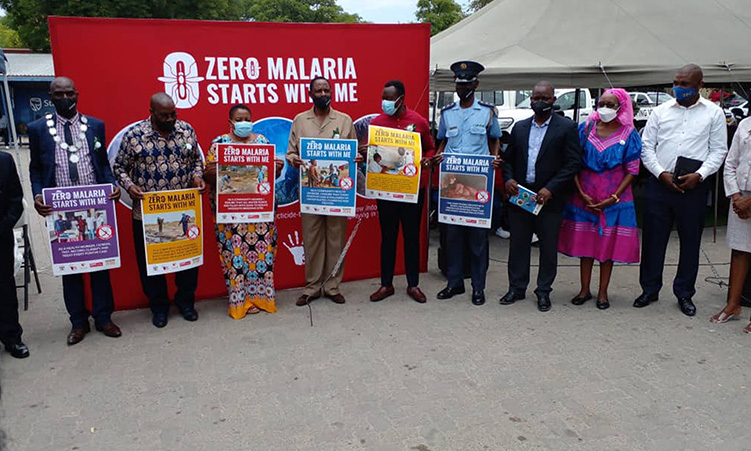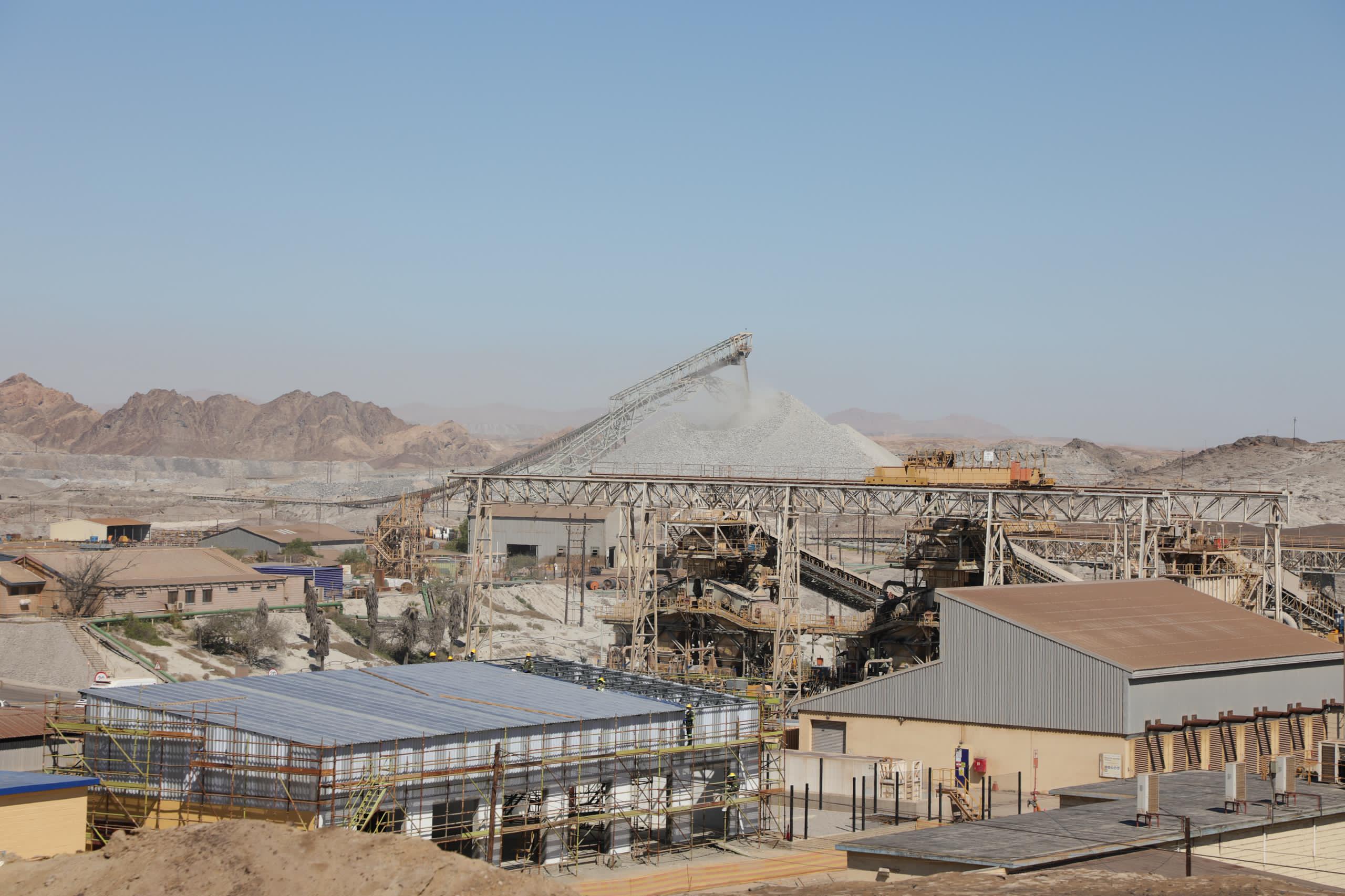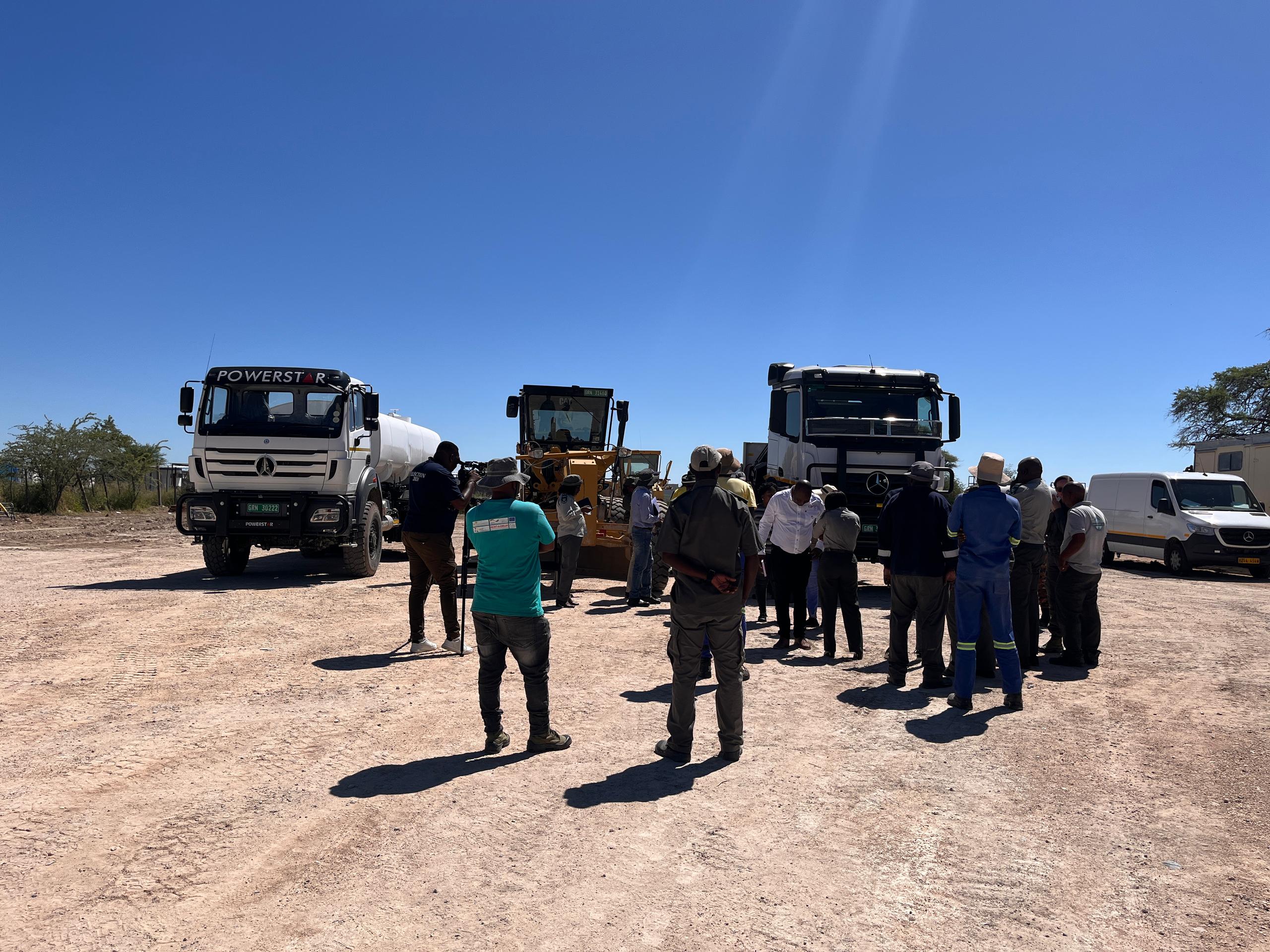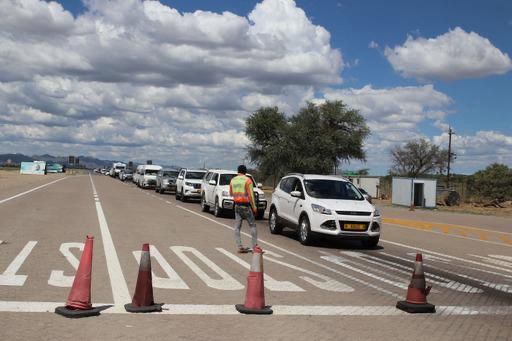Malaria infection rates in the Zambezi region have risen to 11 122 cases, including nine deaths, despite the efforts of health directorates to combat the spread.
Last week, the number of cases stood at 8 793, with 7 deaths recorded since January.
Regional health director Woito Kapumburu told The Namibian on Thursday that since the outbreak started, they have admitted 423 patients at the local hospital.
“The region has recorded a high number of cases from the time it was declared to be in an outbreak. We had over 37 700 suspected cases, with confirmed local cases standing at 11 015, and imported cases are 153,” he said.
He added that the western part of the region is worst affected, namely Sibbinda, Choi, Sesheke, Sangwali, Chetto and Masokotwani, as well as in town, where high cases have been reported at Ngweze and Katima clinics and the district hospital.
“We have deployed response teams to these affected areas to carry out focused investigation and treatment. An additional 12 staff members were deployed at various facilities, while we received three doctors, 14 nurses, and three pharmacists from other regions to assist. All of them have been deployed in the hospital and overwhelmed health facilities. The indoor residual spraying campaign is also ongoing, and community members are cooperative with the teams. Health education about malaria sensitisation on various platforms is also ongoing,” he said.
Kapumburu highlighted some of the challenges, such as shortage of pharmaceutical supplies, a data backlog due to limited equipment, reinfections of people residing near crop fields, inaccessible breeding sites and patients sharing medication or not completing their courses of medication.
He added that the region needs additional vehicles, tents, beds, mattresses, linens, mosquito nets, equipment, staff and financial resources to address the spread of malaria.
Stay informed with The Namibian – your source for credible journalism. Get in-depth reporting and opinions for
only N$85 a month. Invest in journalism, invest in democracy –
Subscribe Now!










